Tag: by Osborn & Durbec
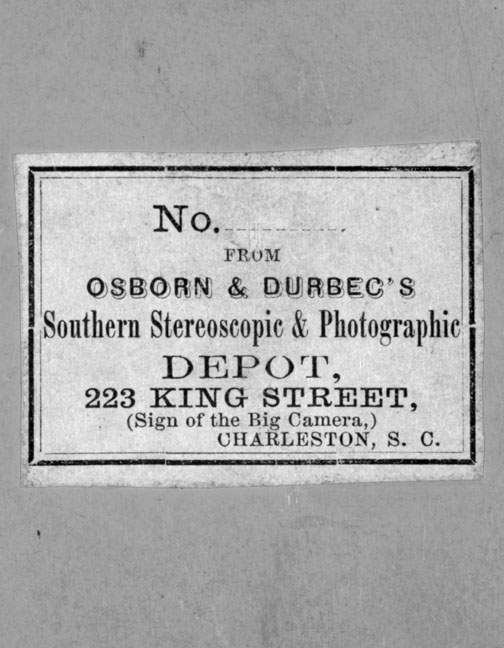 Wikipedia says: In 1858, James M. Osborn (1811–1868), a 47 year old daguerreian, native of New York, living in Charleston, S.C., joined forces with 22 year old Charleston native, Frederick Eugene Durbec (1836–1894). Both were soon to become among the war’s first photographers. By 1860, from their state-of-the-art, high-volume studio, they had reached a national audience with their advertised “largest and most varied assortment of stereoscopic instruments and pictures ever offered in this country.” By then, both had joined the Lafayette Artillery, Durbec having risen to the rank of colonel. It was also at this time that O&D produced documentary photographs of the city and its vicinity, including their singularly historic, antebellum scenes of plantations and slave life. Following the Federal surrender of Fort Sumter on April 14, 1861, Osborn would visit the fort and its surrounds on at least two occasions, taking at least 43 stereo images of the battle’s aftermath, in what is the largest known group of Confederate images of the war, and which is considered the most comprehensive photographic record of a Civil War engagement ever made. Today, thirty-nine are known to exist. Their friendship would outlast their Charleston business however, which the war and damaging fires had brought to an end by February 1862. Then, in September 1863, in response to Gen. Thomas Jordan’s desire to document what “Southern troops could endure”, Osborn and fellow artist George S. Cook volunteered to photograph the interior of Fort Sumter, which had been shelled by Union batteries into a shapeless mass. Little did the enterprising partners know that one result of this visit would be the first combat photographs in history.
Wikipedia says: In 1858, James M. Osborn (1811–1868), a 47 year old daguerreian, native of New York, living in Charleston, S.C., joined forces with 22 year old Charleston native, Frederick Eugene Durbec (1836–1894). Both were soon to become among the war’s first photographers. By 1860, from their state-of-the-art, high-volume studio, they had reached a national audience with their advertised “largest and most varied assortment of stereoscopic instruments and pictures ever offered in this country.” By then, both had joined the Lafayette Artillery, Durbec having risen to the rank of colonel. It was also at this time that O&D produced documentary photographs of the city and its vicinity, including their singularly historic, antebellum scenes of plantations and slave life. Following the Federal surrender of Fort Sumter on April 14, 1861, Osborn would visit the fort and its surrounds on at least two occasions, taking at least 43 stereo images of the battle’s aftermath, in what is the largest known group of Confederate images of the war, and which is considered the most comprehensive photographic record of a Civil War engagement ever made. Today, thirty-nine are known to exist. Their friendship would outlast their Charleston business however, which the war and damaging fires had brought to an end by February 1862. Then, in September 1863, in response to Gen. Thomas Jordan’s desire to document what “Southern troops could endure”, Osborn and fellow artist George S. Cook volunteered to photograph the interior of Fort Sumter, which had been shelled by Union batteries into a shapeless mass. Little did the enterprising partners know that one result of this visit would be the first combat photographs in history.
Showing 1–16 of 63 resultsSorted by latest
-
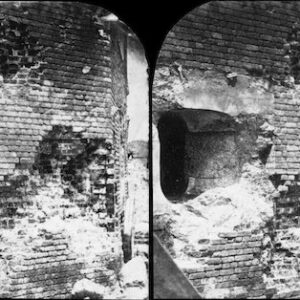
Image ID: ARXX
$5.99 -
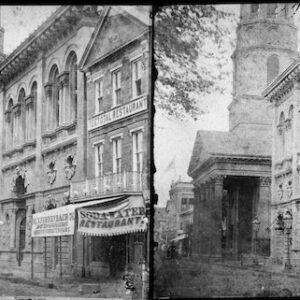
Image ID: ARYE
$5.99 -
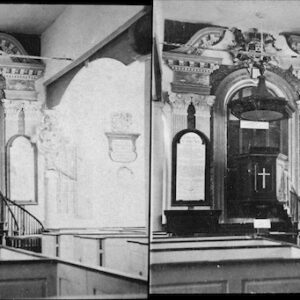
Image ID: ASAF
$5.99 -
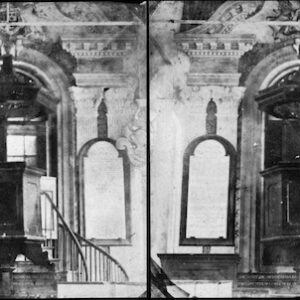
Image ID: ASFO
$5.99 -

Image ID: ASEJ
$5.99 -
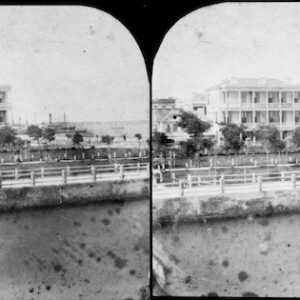
Image ID: ASEK
$5.99 -
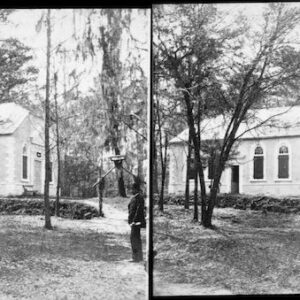
Image ID: ASEO
$5.99 -
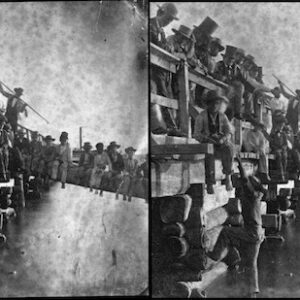
Image ID: ASEW
$5.99 -

Image ID: ASEZ
$5.99 -

Image ID: ASFB
$5.99 -
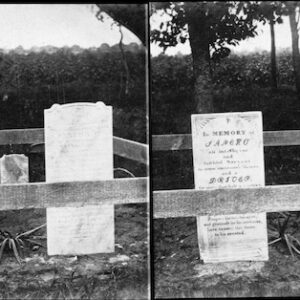
Image ID: ASFI
$5.99 -
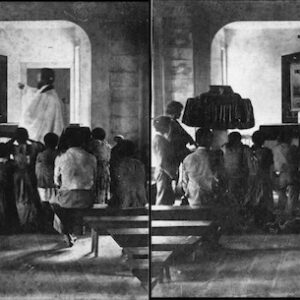
Image ID: ASFK
$5.99 -
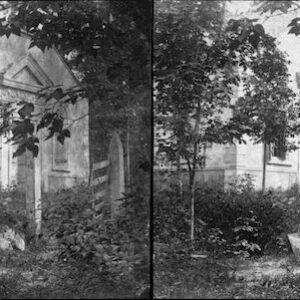
Image ID: ASFN
$5.99 -
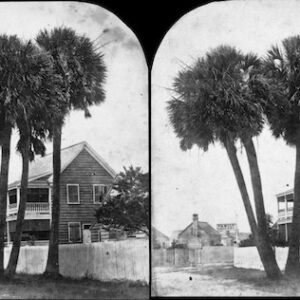
Image ID: ASFP
$5.99 -
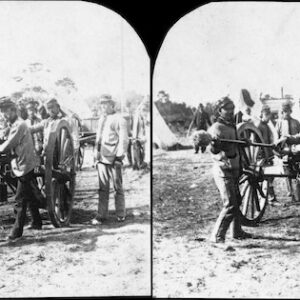
Image ID: ASGT
$5.99 -

Image ID: ASGU
$5.99